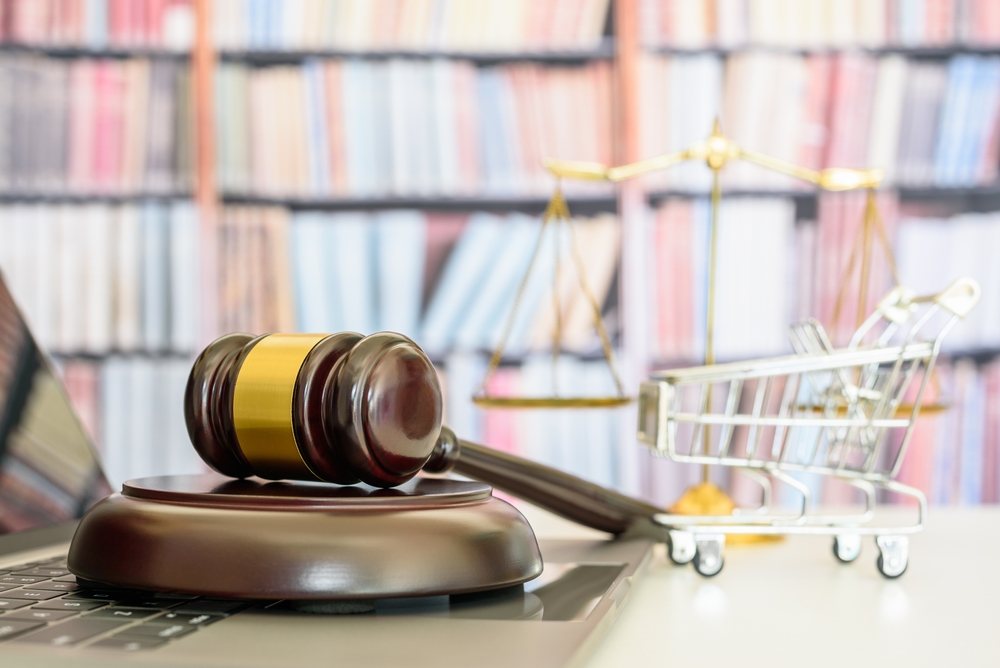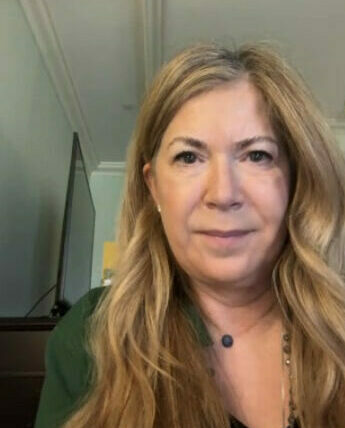Nokia and the Burden of Burdens | Axinn, Veltrop & Harkrider LLP
Much like secondary considerations, non-infringing alternatives fit imperfectly within many scheduling orders. The patentee has the burden of proof on damages, but it is the accused infringer who must prove that any non-infringing alternatives (which frequently drive damages verdicts) were available during the damages period and acceptable to customers who purchased the accused product. Where a case schedule provides for three rounds of expert reports, the issue usually resolves itself: the patentee presents its damages experts, the accused infringer’s damages experts respond and address non-infringing alternatives, and the patentee’s experts can critique the non-infringing alternatives in reply reports. But when there are only two rounds of expert reports, do accused infringers need to address non-infringing alternatives in the opening round of reports?
Nokia choose the riskier path in Correct Transmission, LLC v. Nokia of America Corp., C.A. No. 22-cv-00343-JRG-RSP, 2024 WL 1289821 (E.D. Tex. Mar. 26, 2024). It did not have its technical expert address non-infringing alternatives until after it had received Correct Transmission’s opening expert reports. Correct Transmission sought to exclude the expert’s report, and the court granted the motion. The court explained that “a non-infringing alternative analysis is more similar to an affirmative defense whose burden is upon the defendant.” It noted that in cases only involving reasonable royalty damages (as true here), a patentee has no obligation to address non-infringing alternatives at any stage. Therefore, the burden was on Nokia as the accused infringer. The court further concluded that Correct Transmission was “significantly prejudiced by Nokia’s late disclosure as it prevents CT from providing expert rebuttal without leave of the Court.”
The court also concluded that the technical expert’s opinion was not relevant because none of Nokia’s experts analyzed the impact of the proffered non-infringing alternative on an appropriate reasonable royalty. It is unclear why Nokia bothered to have its expert prepare an opinion on non-infringing alternatives without also supporting that opinion with expert testimony explaining why the non-infringing alternative supported a relatively lower reasonable royalty. A curious strategic choice….
The decision’s impact, particularly outside of the Eastern District of Texas, remains to be seen. Patentees might seek to leverage the “affirmative defense” analogy to exclude similar reports even in cases where there are three rounds of expert reports. Such arguments would be more difficult than in Correct Transmission because the third round of expert reports would give the patentee a full opportunity to rebut the opinions on non-infringing alternatives – an opportunity that Correct Transmission did not have.
“In this case non-infringing alternatives are only relevant to a reasonable royalty damages analysis. Under such a damages analysis the Court finds that a non-infringing alternative analysis is more similar to an affirmative defense whose burden is upon the defendant.
files.passle.net/…






